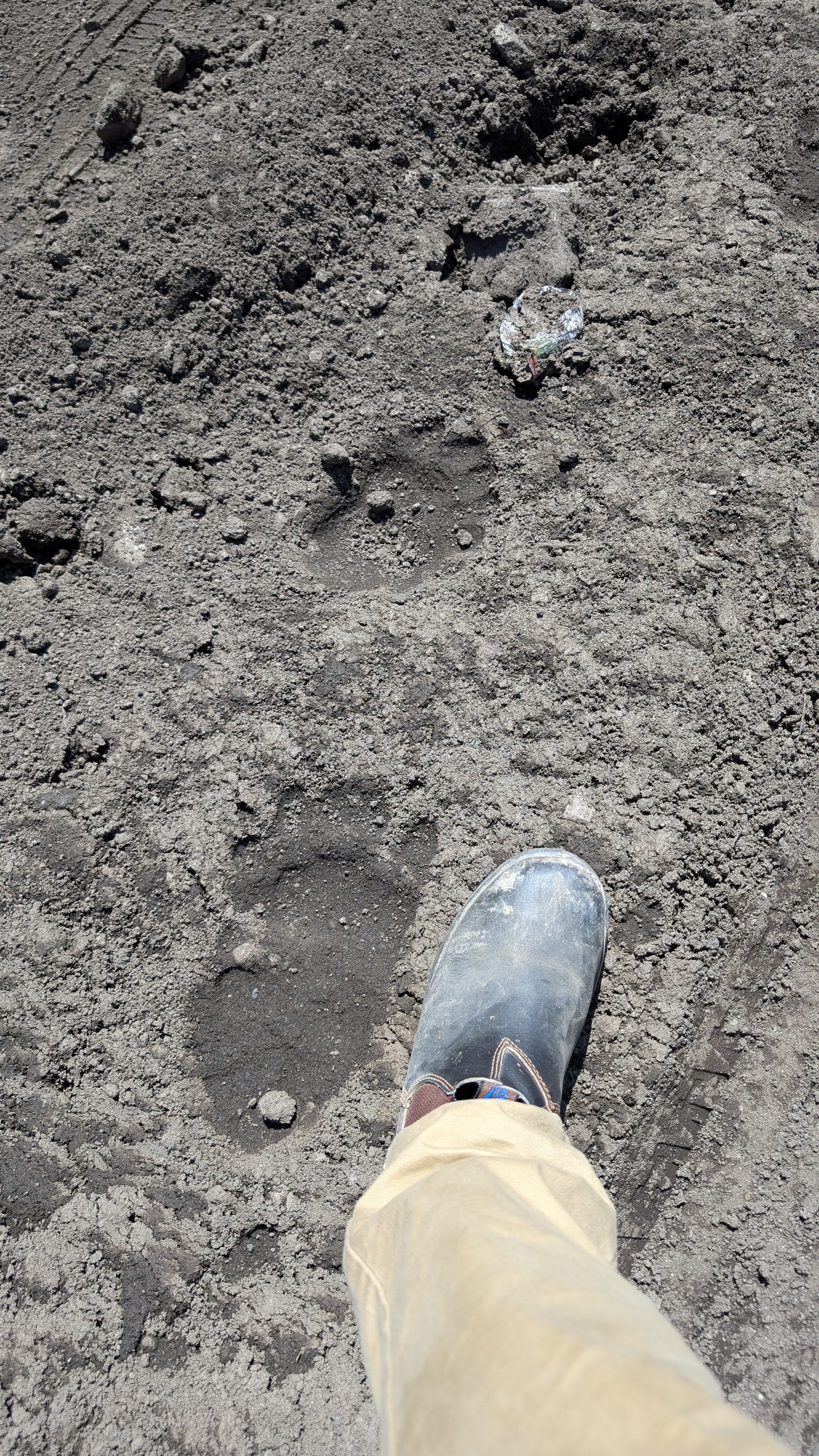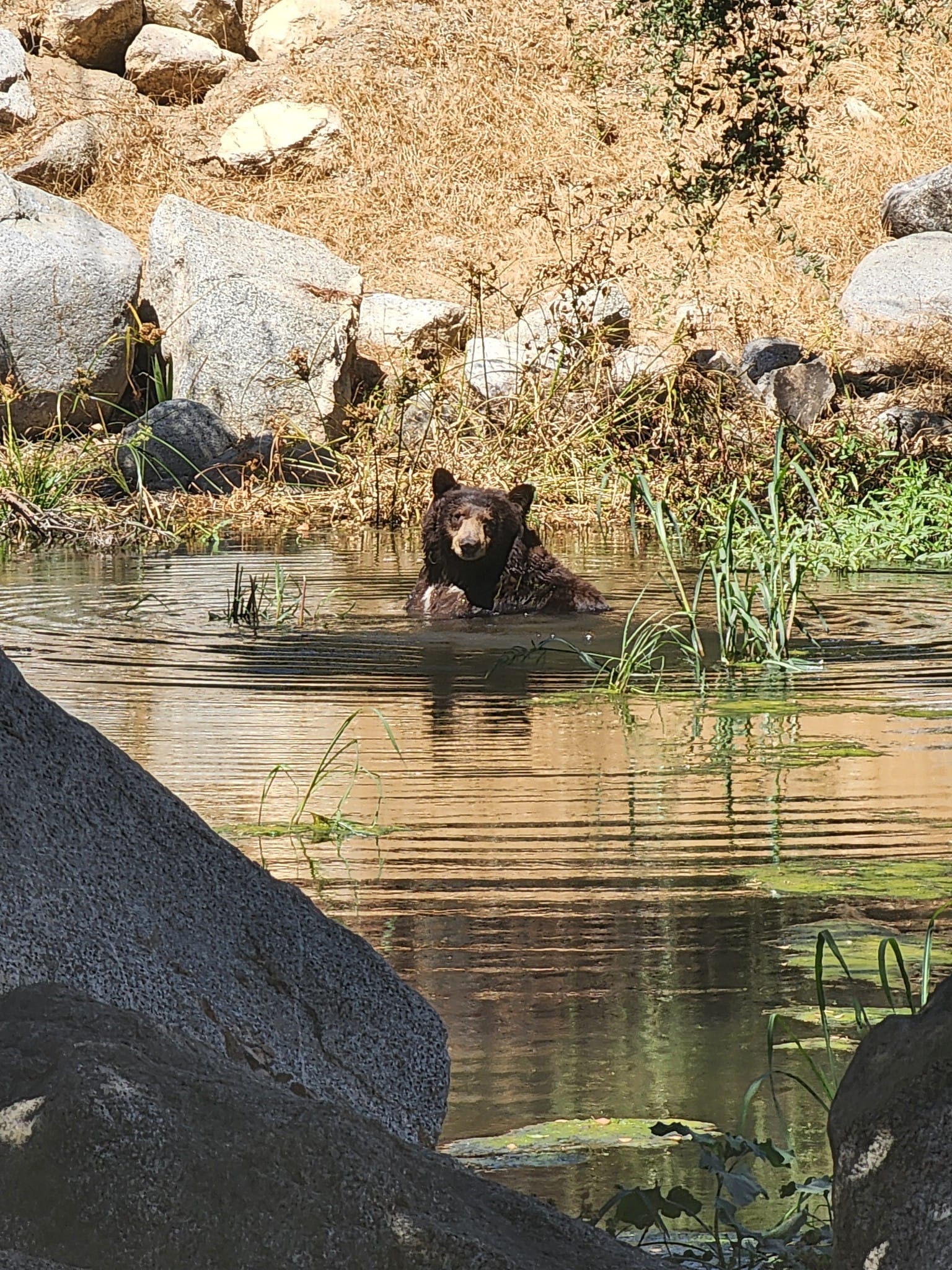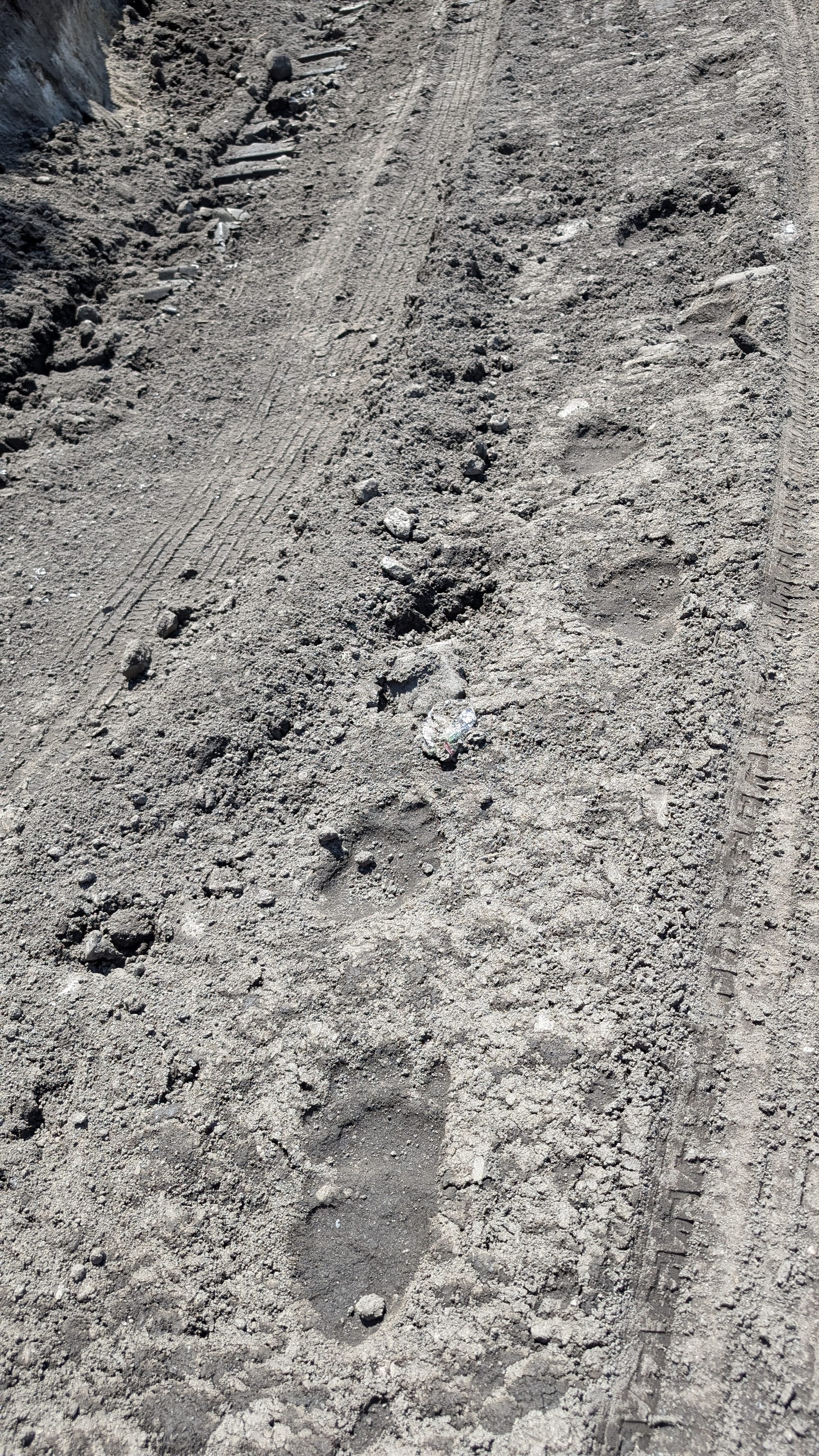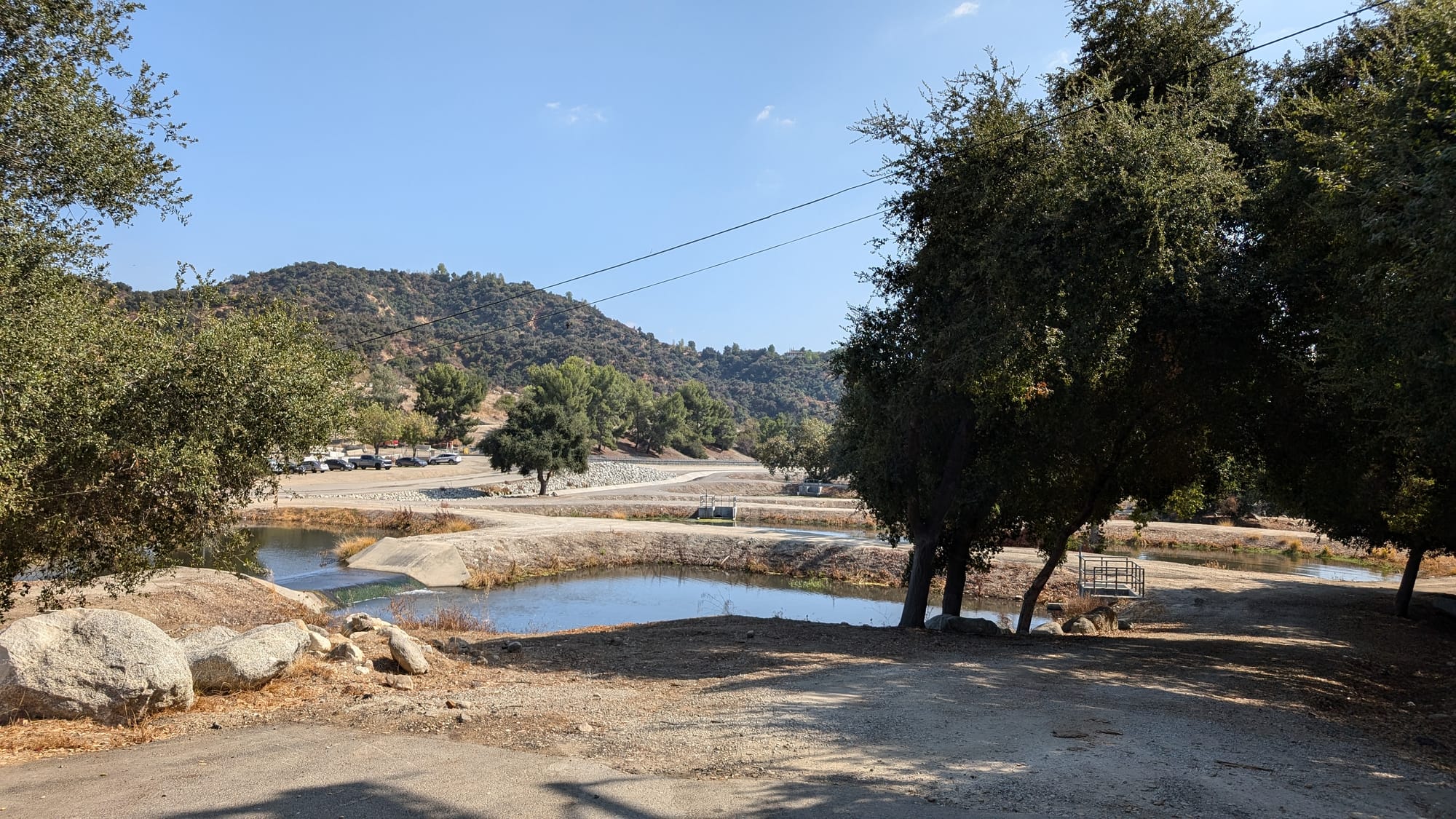
Ames pledges to work in harmony with nature. For crews at the Santa Anita Reservoir project in California, that pledge includes being “bear aware” on the job site.
Crews are removing sediment from the reservoir in the San Gabriel Mountains, and a female black bear is using a portion of the site for her habitat.
The Santa Anita project team works daily to minimize disruption to wildlife and habitat while ensuring the safety of both people and animals. In addition to black bear, the mountain range is home to mule deer, mountain lions, big horn sheep, California condors, and many other species, some of which are endangered or threatened.
0:00
/0:17
The team’s key practices are:
- Wildlife monitoring. The project has wildlife experts/biologists on-site to monitor wildlife activity, assess risks, and guide the crew on how to work without disturbing the animals.
- Bear safety protocols: Crews are trained in bear safety, which includes understanding how to safely respond to a bear encounter, maintaining a clean worksite to avoid attracting bears with food waste, and in case of close encounters, using non-lethal deterrents such as noise makers or bear spray.
- Habitat conservation: The project ensures minimal environmental impact by preserving the trees, water sources, and natural pathways the bears rely on. The project may establish temporary wildlife corridors to allow wildlife to move through the construction site without disruption.
- New team member briefing: People new to the job site are not allowed to work until they are briefed by the on-site biologist on what to watch out for.
Above all, the project team leaves wildlife alone and gives them the right-of-way.





